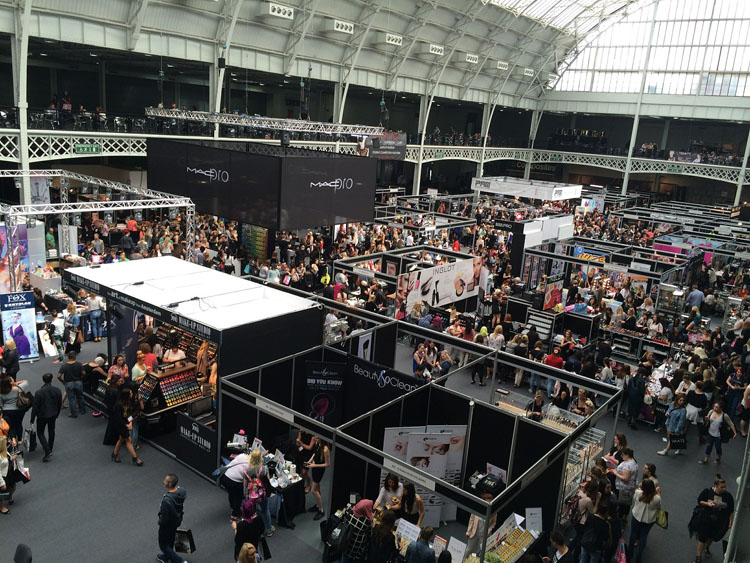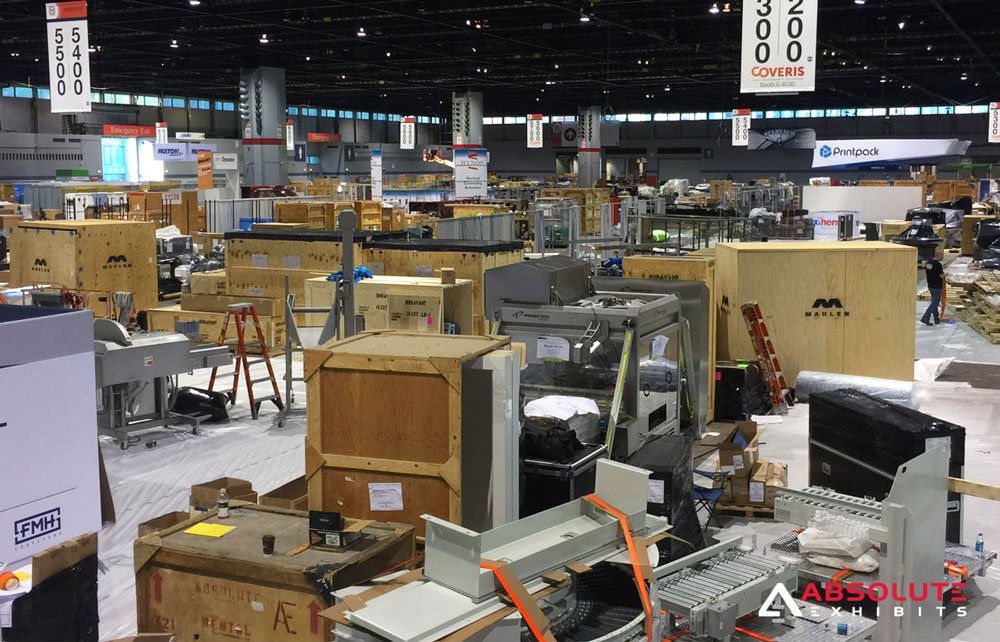If you’re new to exhibiting, you’ve likely got a lot of questions about the process of exhibiting at a trade show. This can include when to start certain activities, what considerations must be made along the way, and how to ensure the best ROI as a trade show exhibitor. In this post, we’ve put together a comprehensive trade show exhibitor timeline to clarify things for your business.
A Year in Advance- The Successful Start for a Trade Show Exhibitor
You know the old saying, the early bird gets the worm? This is especially true for a trade show exhibitor. A year in advance, your team should meet to discuss which trade shows to target, the all-in budget, and goals. In this meeting, you should include the stakeholders that will likely be involved in the process, such as Marketing, Sales, and Senior Management. That way, it’s clear what needs to be done by each department to achieve those goals as a trade show exhibitor. By obtaining consensus early, your business can avoid many of the last-minute pitfalls that happen when each department is on a different page.
![]()
Ten Months In Advance
Ten months in advance, your team should secure the actual trade show booth space in order to become a trade show exhibitor. Some shows fill up very quickly and require even more advance planning, but if you’re new, this is a great benchmark for you. Try to find a space that offers you more visibility in what will likely be a crowded trade show floor. As a trade show exhibitor, your business wants to be out front, visible from multiple angles on the trade show floor and not shoved in the back by the emergency exit. Similar to all real estate, think of your potential new real estate- your trade show booth. Location matters. Are you on the end of an aisle? Are you in front? Are you going to be overshadowed by a giant in the space? Consider your location carefully so you’re successful as a trade show exhibitor.

Eight Months In Advance
Eight months in advance is a great time to start the process of evaluating your exhibit design house partner. This process usually starts with an RFP sent to a select few exhibit houses and a process of evaluation that may include pricing, designs, and more. Every trade show exhibitor is different, but starting this process early is to your business’ benefit. This means as a trade show exhibitor, you will be able to take advantage of early bird pricing and you have the time and luxury of making revisions to your trade show exhibit design. Generally, exhibit houses require at least 8-12 weeks of fabrication time depending on the complexity of your trade show exhibit. By starting early, you’ll ensure that your build will be completed on time. Be sure to inquire whether or not their quote is an estimate or a guaranteed final price and whether or not this quote includes installation and dismantling or show services. Be clear what you’re getting.

Six Months in Advance
Six months in advance, it’s important to decide who is going to travel to the trade show and represent the business. As a trade show exhibitor, your business wants to ensure that it sends the very best representation- outgoing knowledgeable people who can generate interest in the product or service. It’s a rookie move to invite too many people to the show on a tight trade show budget and even worse to use it as an opportunity to reward someone for their good work when they’d be of no value to obtaining more leads and prospects. Once the staff has been decided upon, it’s important to book travel and accommodations in order to take advantage of early bird prices. This can help keep a trade show exhibitor from completely blowing their budget.

Three Months in Advance
Every trade show exhibitor needs to ensure there are people present in their trade show booth. How do they accomplish this without a stand out trade show exhibit? The key is marketing. Every trade show exhibitor engages in marketing to drive prospects, leads, and customers to their trade show booth. A great way to engage actual trade show attendees is to purchase the list from the show organizer and craft a comprehensive campaign to attract these attendees to the trade show booth. For three months in the lead up to the show it’s important for a trade show exhibitor to email, make calls, and to work social media to reach their target audience.

Using this guideline, even a new trade show exhibitor will have a successful experience. The key is to start early, stay organized, and to have all the stakeholders on board. There are plenty of opportunities to make mistakes and derail budgets, teams, and tank ROI. To prevent this, keep this handy trade show exhibitor timeline handy. If you’ve got additional questions, ask your Account Executive who can offer helpful solutions.




